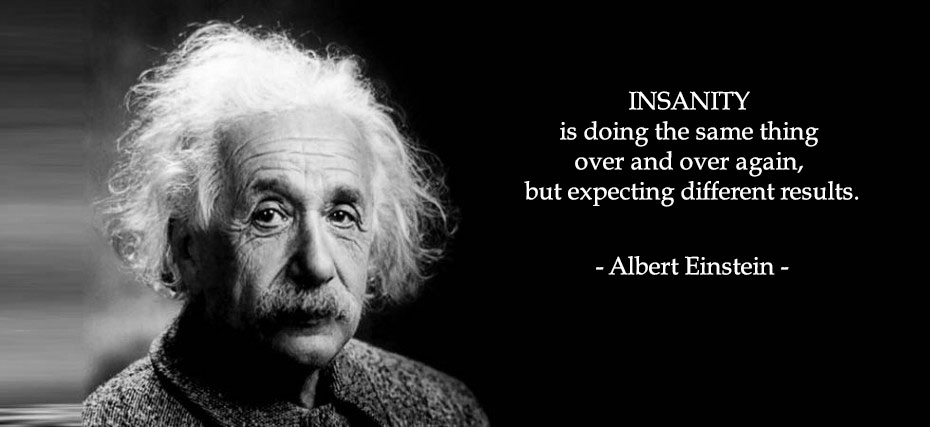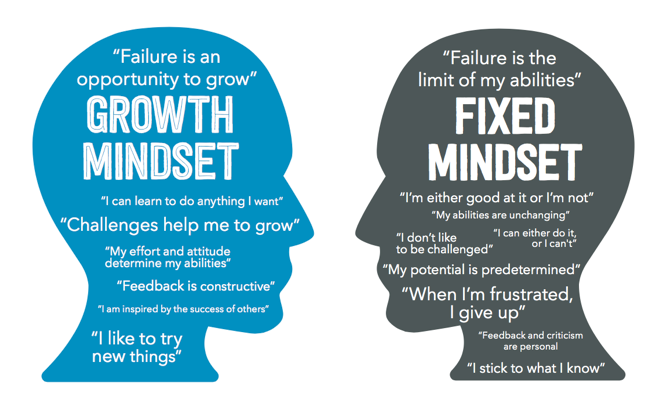Tom desires to have financial freedom by the time he reaches 45. Day in, and day out, he talks about how he is in a dead end job, with very few opportunities given for him to rise up. He has some very impulsive spending habits that he finds hard to give up. Tom says that he wants to learn more about investments and trading, but in the end, he doesn’t do anything to work towards his dream. Tom gets really angry at the people around him and blames the circumstances and people in his life from achieving his dream.
Compare Tom to Jim, who also desires to achieve financial freedom by the age of 45. Jim didn’t have an easy life, at the age of 25, he started a business that ended up in bankruptcy. Though Jim has made some bad decisions and experienced massive failures in his life, he continually takes action steps to get to where he needs to go, and finally achieves his goal by the time he celebrated his 45th birthday.
What was the difference between Tom and Jim?
It was really the mindset and action they took that made all the difference in the world.
Ultimately, coachees need to own their dreams and realise that unless they take responsibility to transform learning into action, nothing will really change.
Which reminds me of Albert Einstein’s quote…

Our role as the coach is to work alongside and support them through these ways:
- Works with coachee to integrate new awareness, insight or learning into their worldview or behaviours. They need to internalise and own this.
- Partners with coachee to design goals, actions and accountability measures that integrate and expand new learning. This is so that we can track what the coachee has promised to do.
- Acknowledges and supports the coachee’s autonomy in the design of goals, actions and methods of accountability. Every person is an individual and they move at their own pace. We cannot impose our methods on the coachee.
- Supports the coachee in identifying potential results or learning from identified action steps.
- Invites the coachee to consider how to move forward, including resources, support and potential barriers.
- Partners with the coachee to summarize learning and insight within or between sessions.
- Celebrates the coachee’s progress and successes, keeping in mind that progress sometimes takes years.
- Partners with the client to close the session with their own summary.

Client’s Growth Mindset
I got to know about the concept of a growth vs fixed mindset a few years ago when I was reading parenting articles. In my zealousness to change and shape my kids into responsible mini-adults, I realised that part of their growth requires me to change too. Marriage and parenting are two very effective life scenarios that confronts all my fixed mindsets. Change is always difficult but if we are open to embrace it, growth will come.
As a coach, we truly hope that our coachee comes to the session with a growth mindset instead of a fixed mindset. Here are some questions that we could potentially ask to move them from a place of inaction to action:
– What kind of mindset do you need to move forward?
– How can you keep going despite the challenges?
– What could you say to motivate yourself?
– Who could support you along this journey?
Some of the key points to consider when working with a coachee to develop this mindset include:
- Awareness integrated (Lessons / insights) – Coachees are getting awareness from session after session, not just from one session.
- Actions designed (Goals / results) – The coachee knows where we are heading based on the goals. Whatever they desire needs to have an outcome.
- Autonomy established (Me / We / Them) – The coachee needs to take responsibility over his actions. We give away autonomy when we lay the blame on others.
- Alignment evaluated (up / down / side) – As a coach, we help the coachee realise the benefits of taking a positive action (aligning upwards), address challenges (down), and create options (side)
- Achievement facilitated (Celebrate / progress) – After progress is made, we celebrate!
Always moving forward.
Self-awareness. Take action. Grow.
Cover image credits: Photo by Miles Hardacre from Pexels
